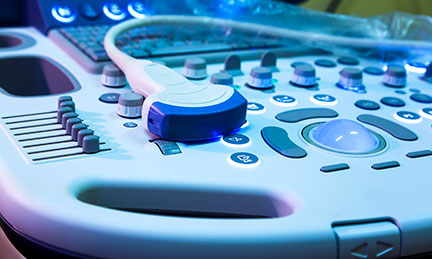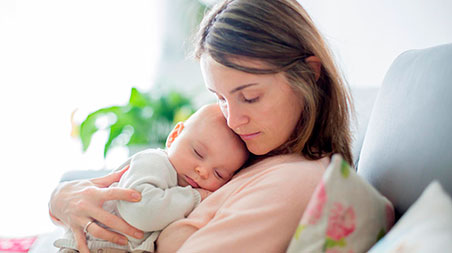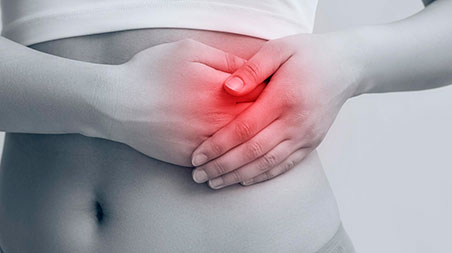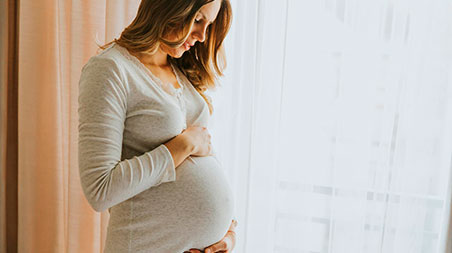Lifestyle Center
Pelvic Floor
Focused on the prevention, diagnosis, and treatment of pelvic floor disorders in both women and men. We address urinary incontinence, prolapse, fecal incontinence, and pelvic pain, including specialized programs for pregnancy, postpartum, and surgeries.
The Pelvic Floor Unit specialises in the prevention, diagnosis and treatment of pelvic floor disorders in both women and men. Urinary incontinence, pelvic organ prolapse, gas and/or stool incontinence and pelvic pain, as well as pain during sexual intercourse are the main areas treated in this new service.
Innovation technology
- 4D Doppler ultrasound

4D Doppler ultrasound
Our large team of expert gynaecologists specialise in every area of gynaecology and will help you with any health and wellbeing needs you may have.
Featured treatments

Postpartum check-up
This involves a full pelvic floor assessment that is symptom-directed which monitors muscle activity, not only of the pelvic floor but also of the abdominal muscles. Muscle strength, endurance, coordination and muscular anticipation are recorded, in order to determine a musculoskeletal diagnosis on which to base the prevention and/or treatment programme.

Treatment of Incontinence
Whether it is a few drops of urine while coughing or a failure to control gas, this disorder implies a deficiency in the pelvic floor muscle system that should be monitored for treatment and to prevent future aggravation.

Treatment of Pelvic Pain
Chronic pelvic pain is a complex condition that affects both men and women and can be caused by multiple factors. This pain significantly impacts quality of life, interfering with daily activities and often sexual function and emotional wellbeing. Treating this type of problem requires highly specialised physiotherapy.

Pelvic floor check-up in pregnant women
Pregnancy and childbirth are important risk factors for pelvic floor dysfunctions. The purpose of a pelvic floor check-up in pregnancy is to be able to record the initial state of the muscles surrounding the birth canal. To determine whether a toning programme is required or to assess the degree of flexibility in preparation for delivery. The pre-partum assessment will also serve as a basis for checking the changes that occur in the postpartum period.



